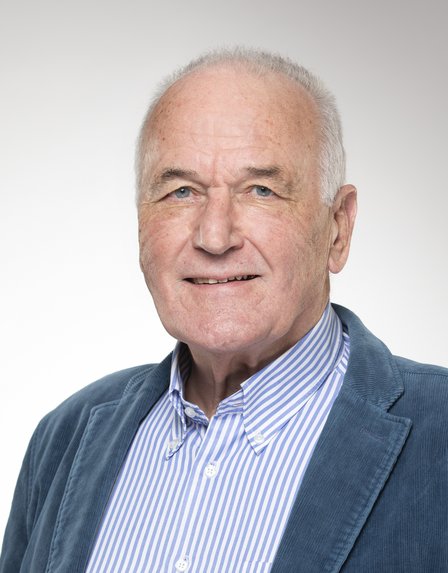Translated with DeepL
Defossilisation of industry is a key lever on the path to climate neutrality. This is because there will still be unavoidable CO₂ emissions in Switzerland in 2050 - particularly from cement production, waste utilisation and the chemical industry. However, some of these emissions can be captured and utilised as materials - through carbon capture and utilisation (CCU) processes.
As part of its forum series on defossilisation, the SATW invited experts from science, industry, administration and associations to analyse the potential of CO₂ utilisation. The participants discussed international developments, technological options and specific Swiss applications, for example from Climeworks, Neustark and Holcim. New business models and investment strategies, such as those pursued by the Defossilisation Development Fund (DDF), were also presented.
The chemical industry is considered a key sector in Switzerland. Its long-term carbon requirements can only be met by recycling or utilising biomass and CO₂ without using fossil resources. The development of CCU is therefore a strategically important issue for this industry.

«Eine nachhaltige wirtschaftliche Entwicklung ist untrennbar mit der Dekarbonisierung verbunden, und ein kohlenstoffarmes Wachstum wird die einzige Wachstumsgeschichte der Zukunft sein. Die SATW besprach mit Teilnehmer:innen aus der Industrie, Akademie und Verwaltung die Optionen, um aus dem Treibhausgas CO2 einen Rohstoff zu machen.»
Hans-Peter Meyer meyer@expertinova.comThe discussions at the SATW forum showed that there is no universal solution for CO₂ utilisation (CCU). The existing technologies are at different levels of maturity, and although many are scalable, they have not yet been implemented on an industrial scale. In addition to technological issues, there are four key prerequisites for a breakthrough: sufficient renewable energy, pilot and scaling infrastructures, a calculable CO₂ price and a suitable regulatory framework.
Selective, effective applications are particularly crucial for Switzerland, which has limited renewable energy resources. As an innovative country with an internationally competitive industry, it can play a pioneering role in the development of sustainable CCU technologies - also as a contribution to global solutions. A new federal call for tenders for CO₂ capture and storage aims to specifically promote such applications.
Industrial biotechnology remains a key area of development. Its potential - especially for the chemical industry - has not yet been sufficiently addressed in the forum. The SATW is therefore planning a further discussion forum that will systematically examine biotechnological approaches to CO₂ utilisation and contribute to the networking of previously isolated players. The aim is to develop a joint strategy for industrial defossilisation.
Impressions